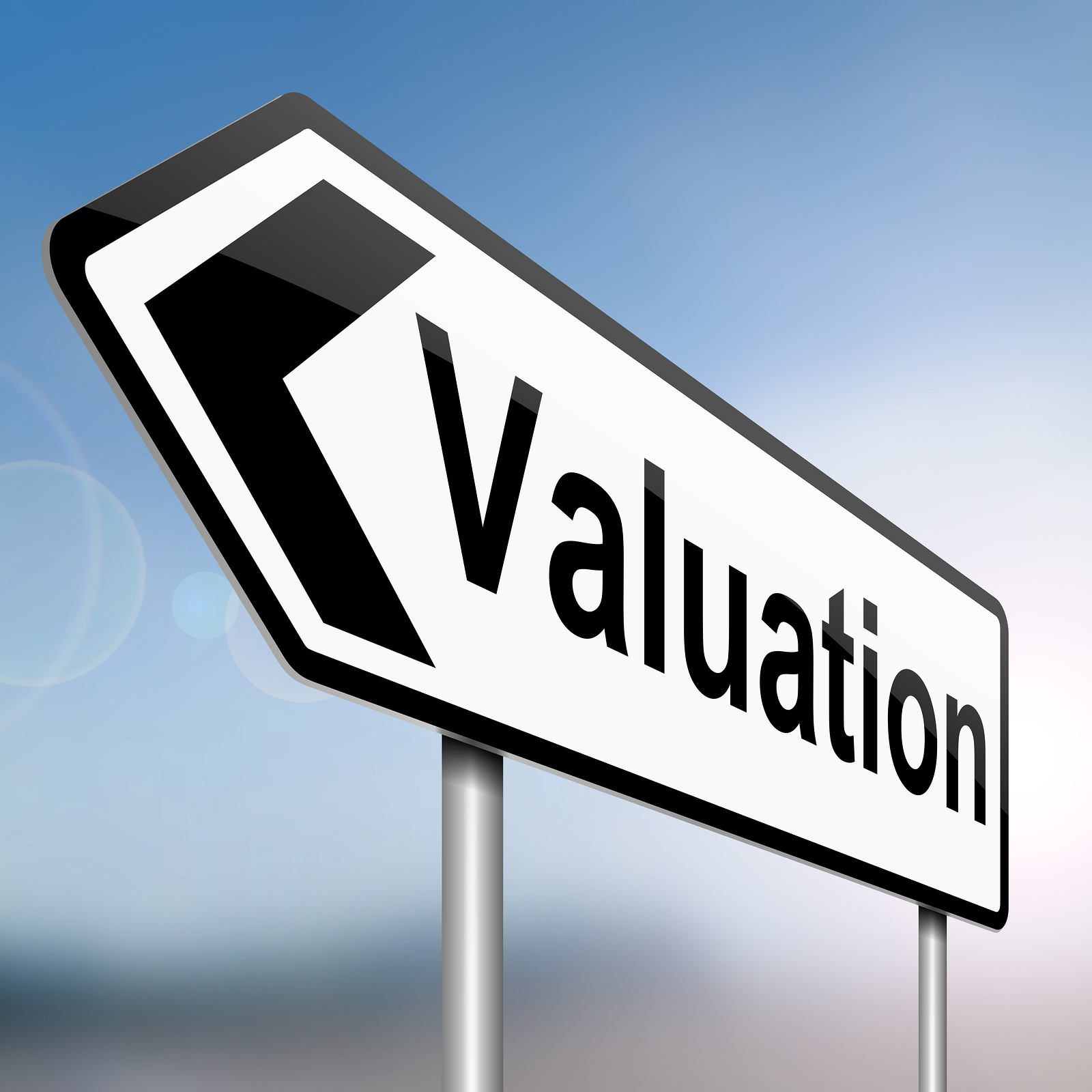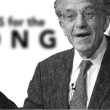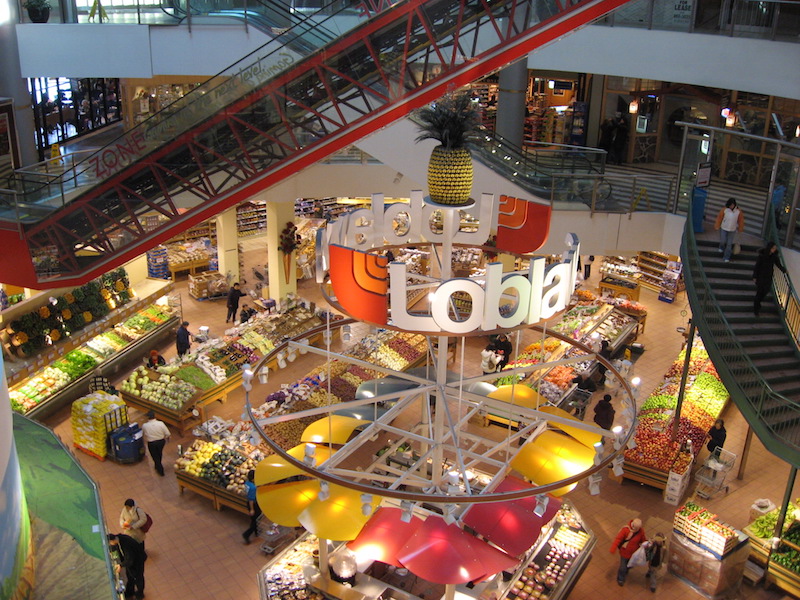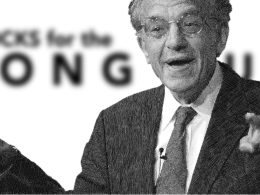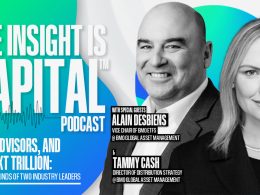by George Evans, CIO,, Global Equities, Invesco Canada
The Invesco Global Equities team explains why the Russia-Ukraine crisis hasn’t changed its investment approach, and what types of growth trends it seeks out for its portfolios.
Many of our clients have asked for our views in the wake of Russia’s invasion of Ukraine.
First let us say that we are all horrified by the pain and suffering inherent in this crisis. We are also reminded that markets are driven by data, and they will measure the effect of this crisis on commodity prices, interest rates, and global growth. Each of us hopes for an end to the former. As portfolio managers with fiduciary duties to our fellow investors, it’s our responsibility to discuss the latter.
The current situation is completely fluid and there is very little information to indicate how it will develop. In our opinion, it is best to do nothing under those circumstances, if you have the luxury of that option — and we do. Our portfolios1 had no direct exposure and very little indirect exposure to Russia and Ukraine going into this crisis, and that remains the case. We have not made any significant portfolio changes in response to it.
Exactly what is going to happen in and with Ukraine is unknowable. But we can think about some potential outcomes in markets.
Outcomes to consider
With regard to rate increases, we recognize the possibility that the significant rise in energy prices that the Russian invasion has caused may result in lower rate rises than would otherwise have been the case. This may sound surprising — after all, the U.S. Federal Reserve (Fed) is planning to raise rates in order to fight inflation, and higher energy prices raise inflation. But they also weaken spending power on other goods and activities. Suddenly, expensive energy is doing part of the Fed’s work for it: lowering spending on non-energy goods and services that a rate rise would also slow.
With regard to energy prices, they may remain elevated through the remainder of the Northern Hemisphere winter — especially in Europe, where there are bottlenecks to substituting for Russian gas — and into the U.S. summer driving season too. However, at these prices, all oil and gas producers have every incentive to produce and sell more. OPEC members may be tempted to cheat on quotas, if not raise them officially. U.S. shale oil frackers may be tempted to resume production.
It is worth remembering that two years ago, in March 2020, oil collapsed to a low of $24.72 USD for a barrel of Brent, even less for some other types, as COVID reduced demand while Russia and Saudi Arabia flooded the markets with oil in a price war.2 Those were unusual circumstances, but so are the current ones; both demonstrate how quickly and to what extent commodity supplies and prices can fluctuate.
With regard to global growth, the outlook is unclear. However, we invest in potential growth streams within the global economy. In our opinion, many secular trends — such as the digitalization of our lives, increasing cybersecurity, the growth of telemedicine, genetically based diagnosis and treatment of diseases, to name just a few examples — will continue to grow relatively faster than the global economy as a whole over the medium to longer term. One trend that we believe this event will likely accelerate is the trend away from globalization that we have seen emerging since the Brexit vote in 2016.
A long-term view
Our philosophy is to invest in long-term secular growth trends through companies that we believe can monetize them sustainably, buy these companies when they are attractively valued, and hold them for many years to give their returns on our and our investors’ capital the potential to compound over time.
We are long-term investors, as opposed to short term-traders, and we will continue adhering to our discipline as we watch events in Ukraine unfold.
Co-authored by Maire Lane, Randall Dishmon, David Nadel, Frank Jennings, John Delano, Robert Dunphy, James Ayer
1 The team’s funds held no Russian or Ukrainian companies as of March 2, 2022: Invesco Global Focus Class, Invesco Global Focus Fund, Invesco Global Balanced Class, Invesco Global Balanced Fund, Invesco Global Opportunities Fund and Invesco Global Growth Class. Please see prospectus for more information.
2 Source: Bloomberg, L.P.
This post was first published at the official blog of Invesco Canada.

